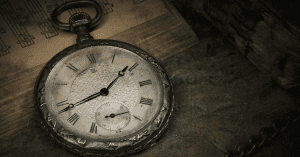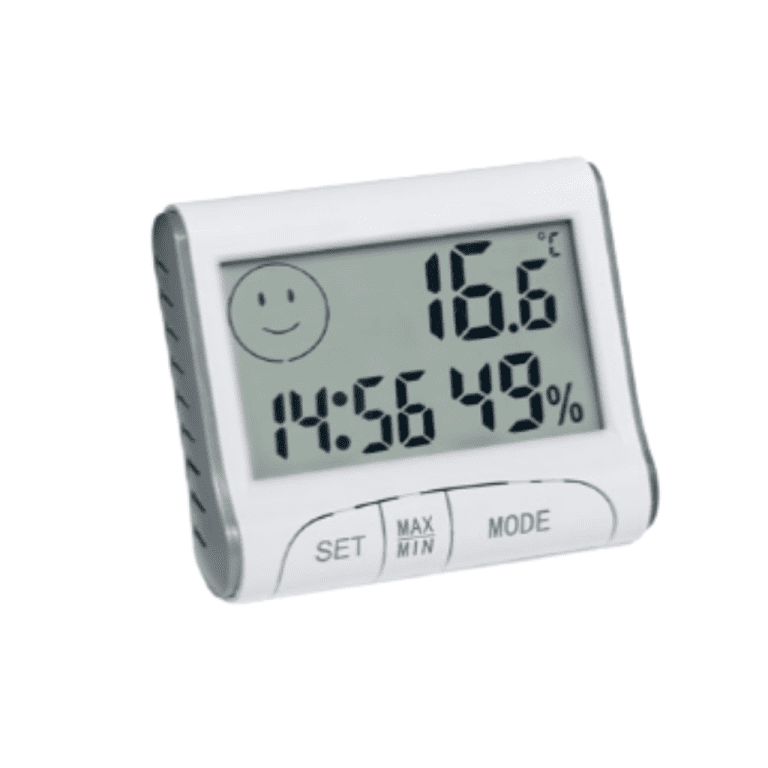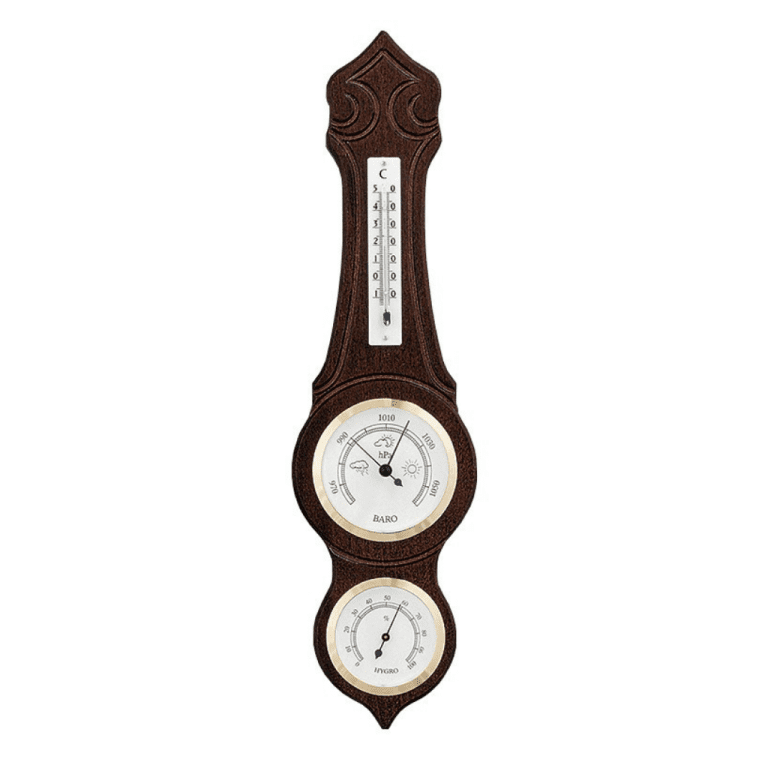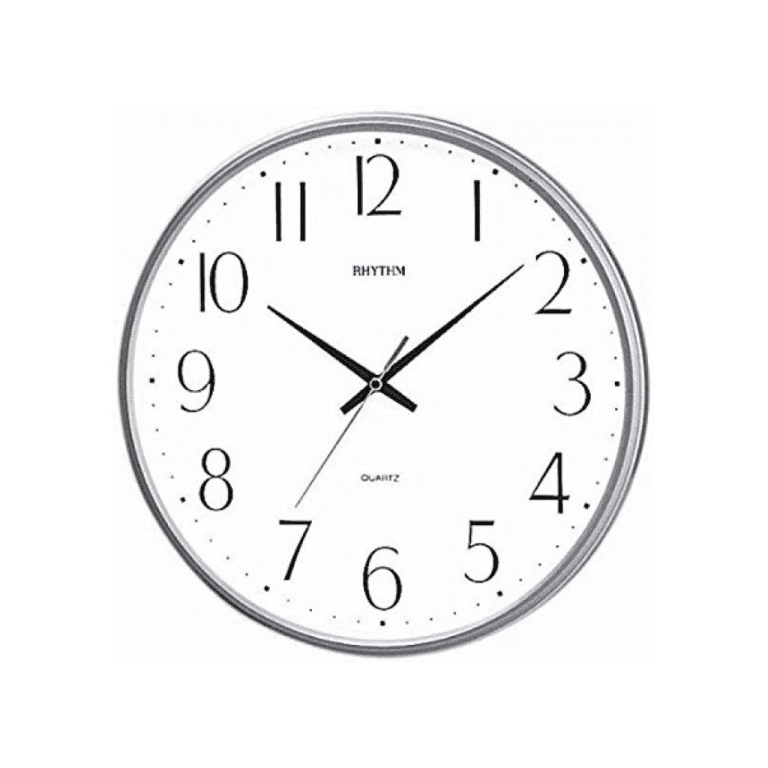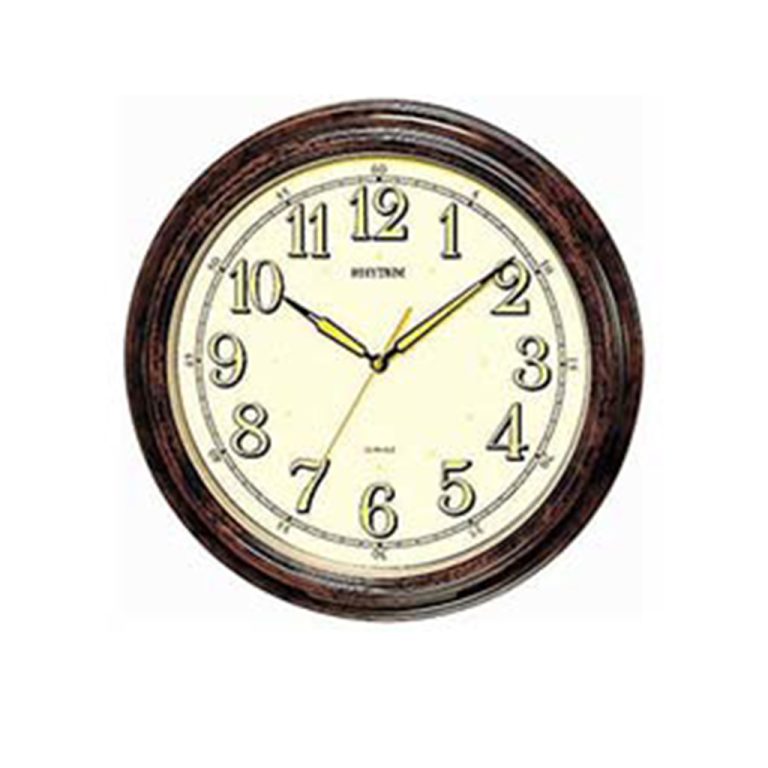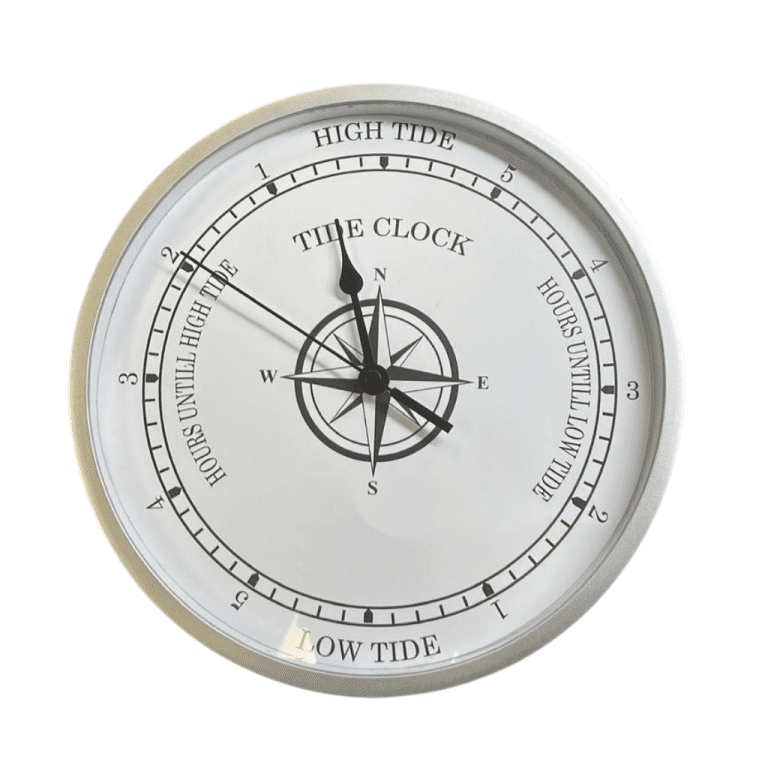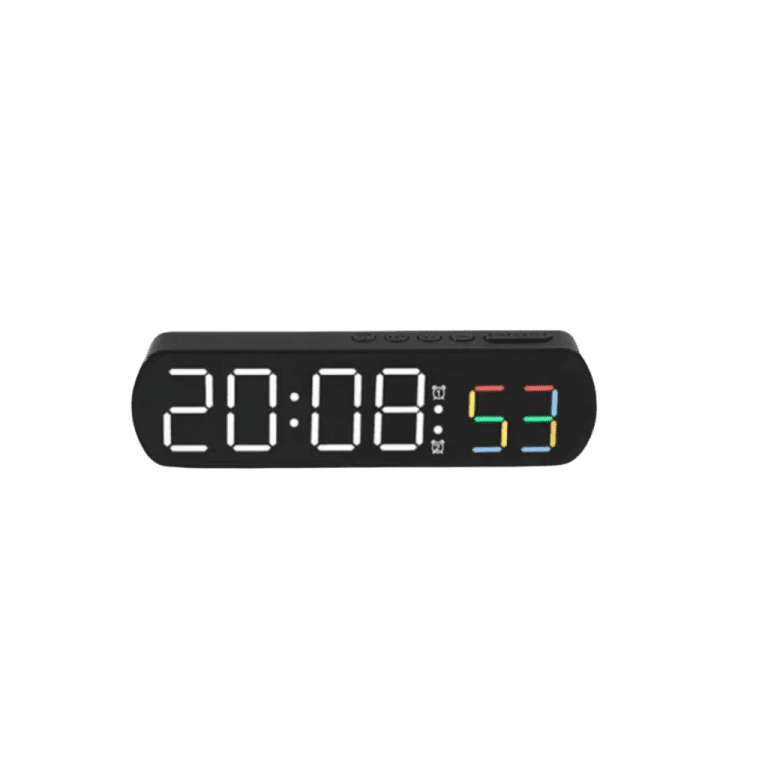Back in high school (pre-smartphones), I would wake up every morning at 6 a.m. to the sounds of the latest 2000s hits playing from my pink iHome alarm clock and iPod Nano. Life was good and the sweet sounds of Usher and Big Time Rush really started my mornings right.
But nowadays I couldn’t imagine waking up with an actual alarm clock.
I still definitely need an alarm to get me up (who doesn’t?), but thanks to the handy alarm function on my iPhone, I’ll never waste money on an alarm clock ever again. Now, each and every weekday, I’m awoken to the glorious iOS sound of “Stargaze,” which shoots me straight up in the morning to start my routine.
In this day and age, we’re attached at the hip to our phones. We use them to play music, mindlessly scroll through social media feeds, play silly games, tell the time, and set timers, which makes purchasing an alarm clock (even one that plays your music) kind of unnecessary. And when we did need them, they were endlessly frustrating anyway.
Simple analog alarm clocks back in the day were frustratingly hard to set and for some reason took those odd-sized batteries you never seemed to have enough of. Even digital alarm clocks are a pain because you have no idea how the buttons worked and you constantly have to change the time with Daylight Savings. This is probably what most people picture when they think of the classic alarm clock. Personally, unless you’ve had the same simple alarm clock for years, there’s really no point of buying a new one.
However, with growing technology, some alarm clocks do seem to be more useful and are worth the money for someone who doesn’t like the typical blaring alarm noise. For example, the Philips Wake-Up Light Alarm Clock will stimulate the sunrise to gradually wake you up in the morning.
Michael Roorda, Reviewed’s Senior Video Producer, told me that his life has actually changed for the better because of this alarm clock, and he has almost convinced me to get one. Before he thought of alarm clocks as a noisy morning nuisance. But since switching to this one he’s awoken without fail, despite being a heavy sleeper who requires a pitch black room.
“The difference has been remarkable,” Michael said. “Now when the alarm sounds I find myself able to actually get out of bed almost immediately instead of staring at my phone for a half hour while the rest of my body finishes trying to come back online. No more mashing snooze a half dozen times and then regretting it later.”
Here’s how it works. The “clock” starts to light up a half hour before the buzzer goes off beginning with a very dim orange. Gradually over the half hour, it gets brighter and brighter so that when the alarm actually does sound, your room is filled with a soft, orangish light that is supposed to simulate sunlight.
“Not only that but I’m also told I’m way less crabby first thing in the morning when I use the wake-up light,” he continued. “Who knew? Anyhow, if you have to set more than one alarm to get yourself up in the morning, or just wake up slow like I tend to, I can’t recommend the Philips Wake-up Light enough.”
You should get an alarm clock if
- Classic alarms won’t get you up in the morning. Instead, you should probably try something like the Philips Wake-Up alarm clock or something more aggressive that will shake the bed to wake you up like the Sonic Bomb Alarm Clock.
- The blue light keeps you up at night. Studies have shown that using electronics and the dreaded blue light before bed can negatively impact our quality of sleep. For those of us who have been trying to cut down on screen time before getting some Zzz’s, it’s probably best to keep your phone out of the room to avoid temptation and get an alarm clock in its place.
- You wake up in the middle of the night and reach for your phone. When I wake up in the middle of the night to go to the bathroom or something, I always find myself checking social media while I’m up, which detracts from the few precious minutes I have left to sleep. If this happens to you, too, you might want to consider keeping your phone out of arm’s length and replace that space with a real alarm clock.
Credited to: reviewed


